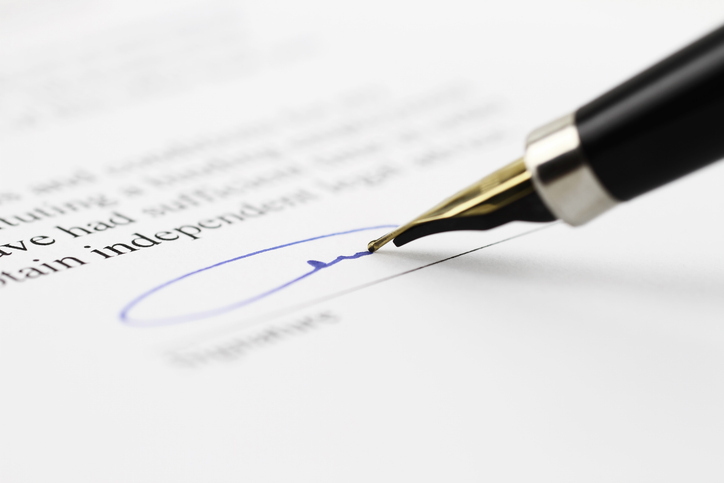Barely a week goes by without there being a story in the papers about the lack of affordable housing in the UK. London and the South East is the area where this is the biggest issue. Prices and rents have been gradually rising over the last few years so many people are having to accept sub-standard accommodation or move away to cheaper parts of the country.
There was a time in the UK when many people decided the way round their accommodation problem was to take the law into their own hands and squat in property that was unoccupied. In many cases whole areas or blocks of flats became large squatting communities but this came to an end as recently as 2012 when the practice was made illegal in all residential property.
The law is complicated, though. Even today a number of people who have been illegally occupying properties since long before the law came into force have been given ownership of them. Often the properties were in a virtually uninhabitable state when they were first occupied and the squatters have invested much time and money into making them fit to live in. This, along with the fact that someone has occupied a property for at least ten years, generally strengthens the rights for transfer of ownership.
As it stands today, the law banning squatting does not apply for any property that’s considered to be non-residential and squatters will only fall foul of the authorities if they’re found to be damaging it in any way, stealing from it, illegally using gas or electricity or refusing to move out when ordered by a court.
Squatters can cause significant stress and concern for landlords, however even without squatters, properties can be ticking time bombs, as many problems can be overlooked, and not dealt with. Burst water pipes, broken windows and general decay can occur. Under normal circumstances inhabitants spot damage, and can either repair it or report the issue. Without inhabitants, problems exacerbate. The old idiom ‘a stitch in time saves nine’ holds true with property damage.
With uninhabited property, it’s important for landlords to ensure that maintenance continues, ensuring that no issues spring forth. Ensuring that sufficient security measures are in place, such as double checking all windows and doors are locked, draining any water from the system to avoid water freezing in pipes, turning off electricity and gas to both avoid leaks or continuous usage (and a large bill) and also getting post redirected can mitigate any issues. While an ounce of prevention is worth a pound of cure, preparing for any potential damage with specific insurance can also cover any larger issues, though squatting is an entirely different issue in its own right.
In terms of evicting illegal squatters this is a relatively straightforward process. If it’s 28 days or less since the discovery has been made that a property has been squatted an Interim Possession Order can be issued. If it’s over 28 days then a Claim for Possession is needed.
However, in light of the fact that an estimated 200,000 homes in the UK are thought to have been left unoccupied for at least six months some people have suggested that relaxing the law on squatting could provide at least a short-term solution to the housing crisis.
But, however pragmatic this might sound, it’s unlikely to gain much support from the landlords or owners of those properties who would inevitably have to bear the costs and losses that this would involve.





